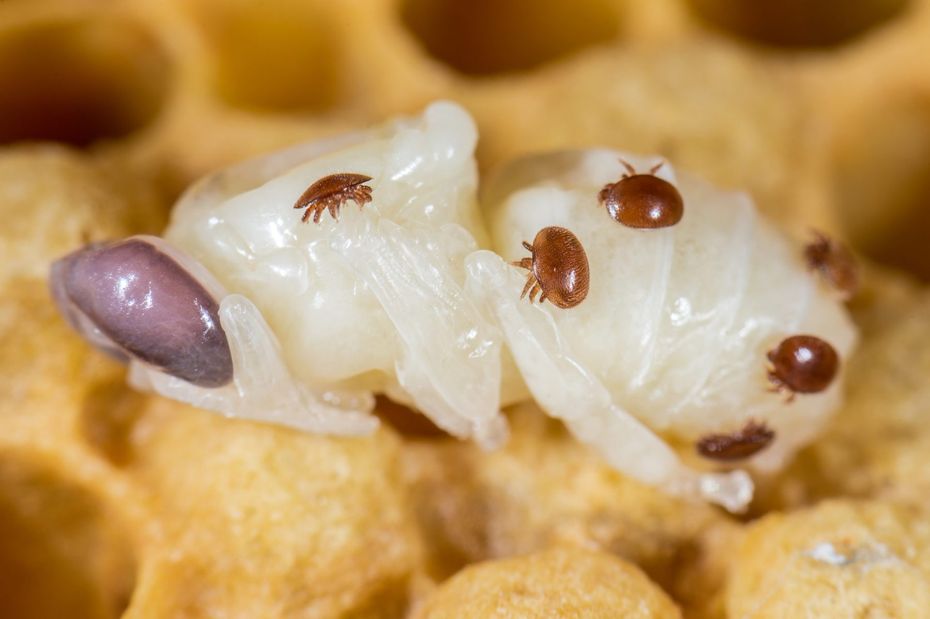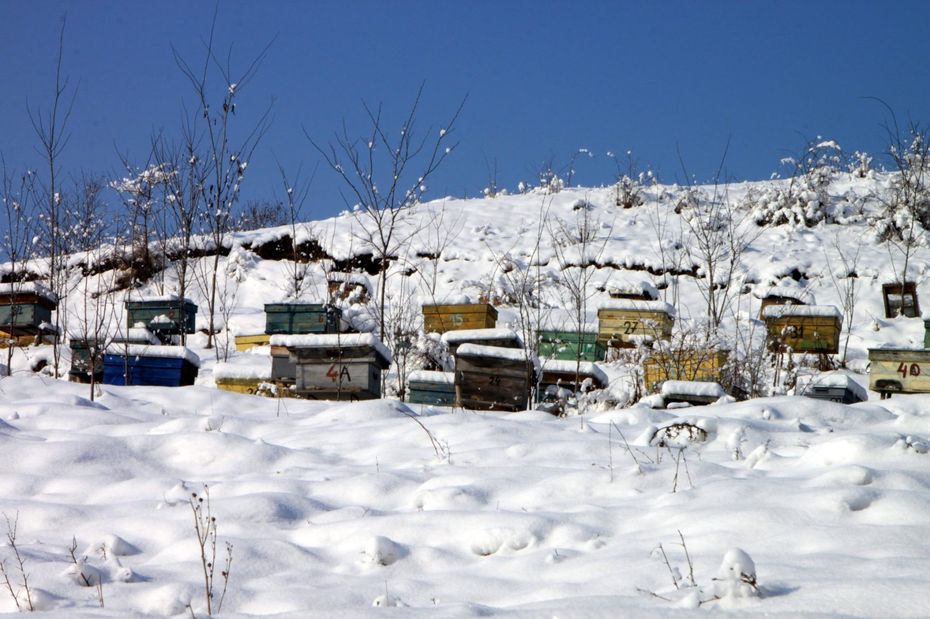Mites and pesticides cause even more harm for honey bees when combined. This is shown in a new international study which gives more insight in the underlying reasons of bee mortality.
Researchers of the Institute of Bee Health at Bern University and the international Honey Bee research association COLOSS have studied how insecticides and the Varroa mite affects honey bees when combined. Although these are harmful stressors for honey bees in their own right, they become even more deadly when mixed together. To study this «combined effect» different honey bee colonies were divided into 4 groups.

The first group served as a control group and did not get exposed to any insecticides or Varroa mites. The second group was exposed to so-called neonicotinoids, a widely used insecticide and the third group was contaminated with the Varrao mite. The fourth and last group faced both the neonicotinoids and the Varroa mites.
The combined effect
The researchers used the body-mass and life-span of the workers bees as indication for the health of the colony. When exposed to neonicotinoids alone, no negative influences were found. In contrast to the bees which were solely exposed to Varroa mites, as these bees were clearly negatively affected. However, the last group which faced both neonicotinoids and Varroa mites was hit the hardest and these bees demonstrated a significant lower body-mass and shorter life-span. On top of that, around 20% of this group showed clinical symptoms like deformed wings or a shortened abdomen.
Winter bees are especially vulnerable
Winter bees were even more vulnerable for the «combined effect» than summer bees. The combination of insecticides and Varroa mites can therefore have a large influence on the survival of a bee colony over winter.

This study confirms the beliefs within the bee-community that threats for the honey bees cannot be treated separately. Based on their results lead author Lars Straub calls for a reduction in insecticides-use and improved Varroa control.
For more information, you can find the link to the study here:
https://www.nature.com/articles/s41598-019-44207-1